Introduction
Choosing the right office chair is crucial for maintaining comfort and productivity throughout the workday. An unsuitable chair can lead to discomfort, poor posture, and even chronic pain, significantly impacting work performance and overall well-being.
Office chairs come in a variety of styles, each designed to meet different needs and preferences. From ergonomic chairs that support healthy posture to executive chairs that offer luxurious comfort, there is a wide range of options available. This guide will explore the various types of office chairs, helping you find the perfect fit for your workspace and enhancing your work experience.
Related Article-Top 20 Office Chair Manufacturers Worldwide
Top 25 Global Office Furniture Suppliers
1. Ergonomic Office Chairs
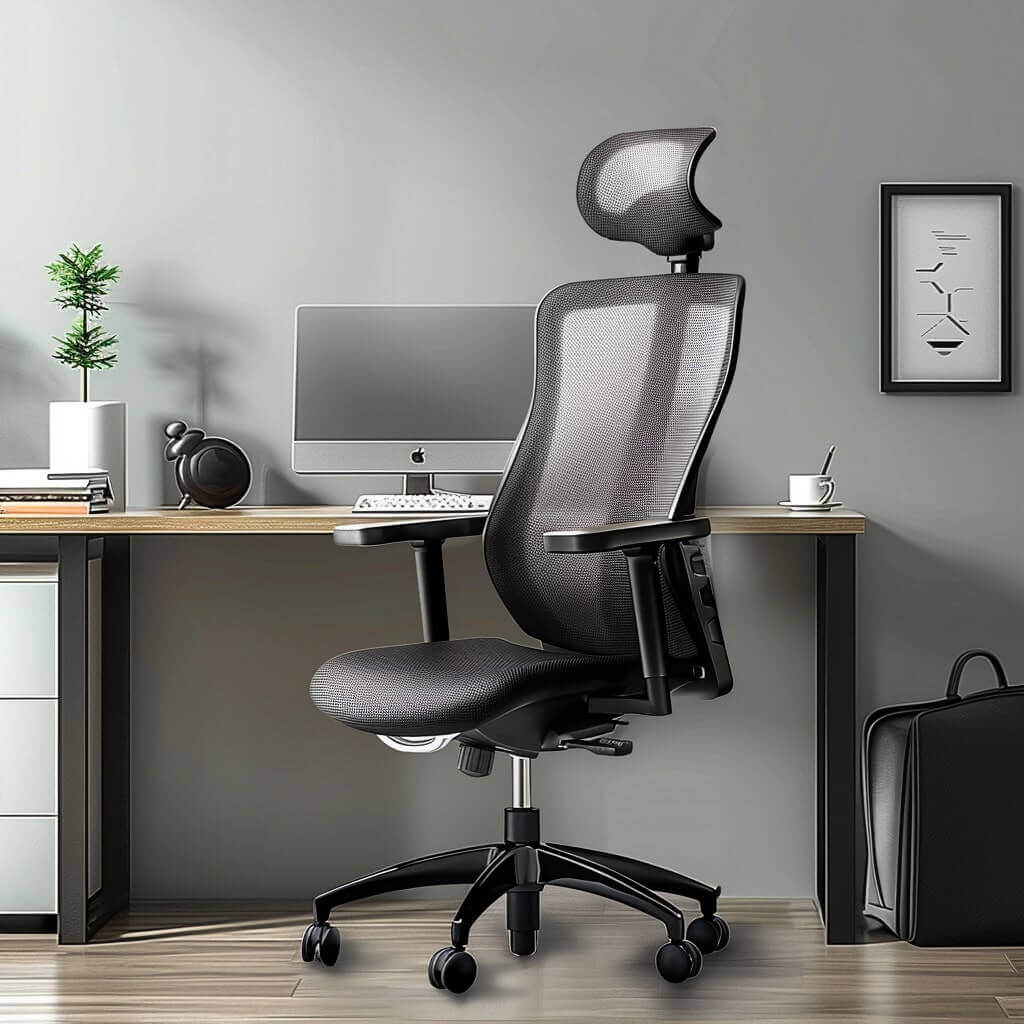
Features: Ergonomic chairs are designed to provide optimal support and comfort. They typically include adjustable lumbar support, seat height, armrests, and tilt mechanisms to promote good posture and reduce back pain.
Benefits: These chairs help in maintaining a neutral body position, reducing strain on the spine and neck. They are ideal for people who spend long hours sitting.
Best For: Professionals and office workers who spend extended periods at their desks.
2. Executive Office Chairs
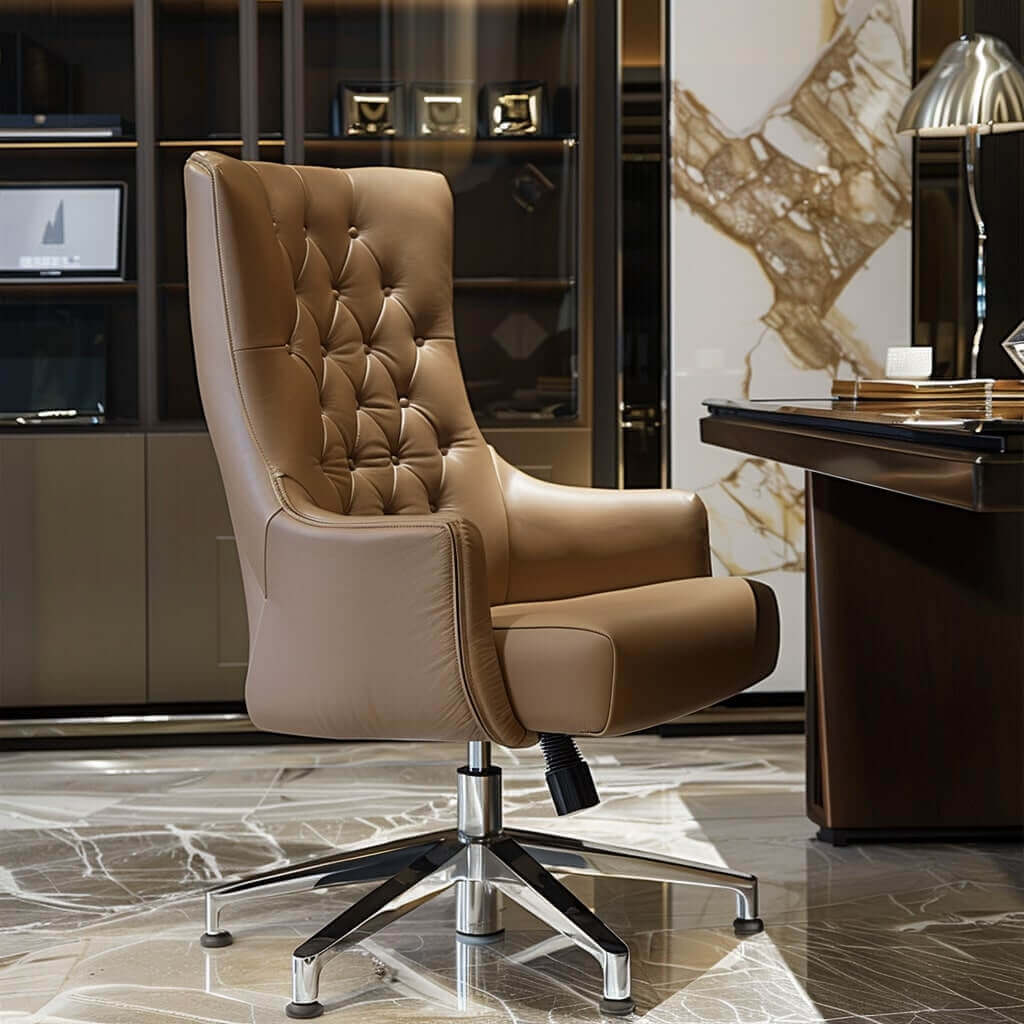
Features: Executive chairs are characterized by high backrests, plush padding, and premium materials like leather. They often include additional features such as reclining functions and headrests.
Benefits: These chairs offer luxury and comfort, making them suitable for executive offices. They convey a sense of authority and sophistication.
Best For: CEOs, company executives, and anyone seeking a high-end chair with maximum comfort and style.
3. Task Chairs
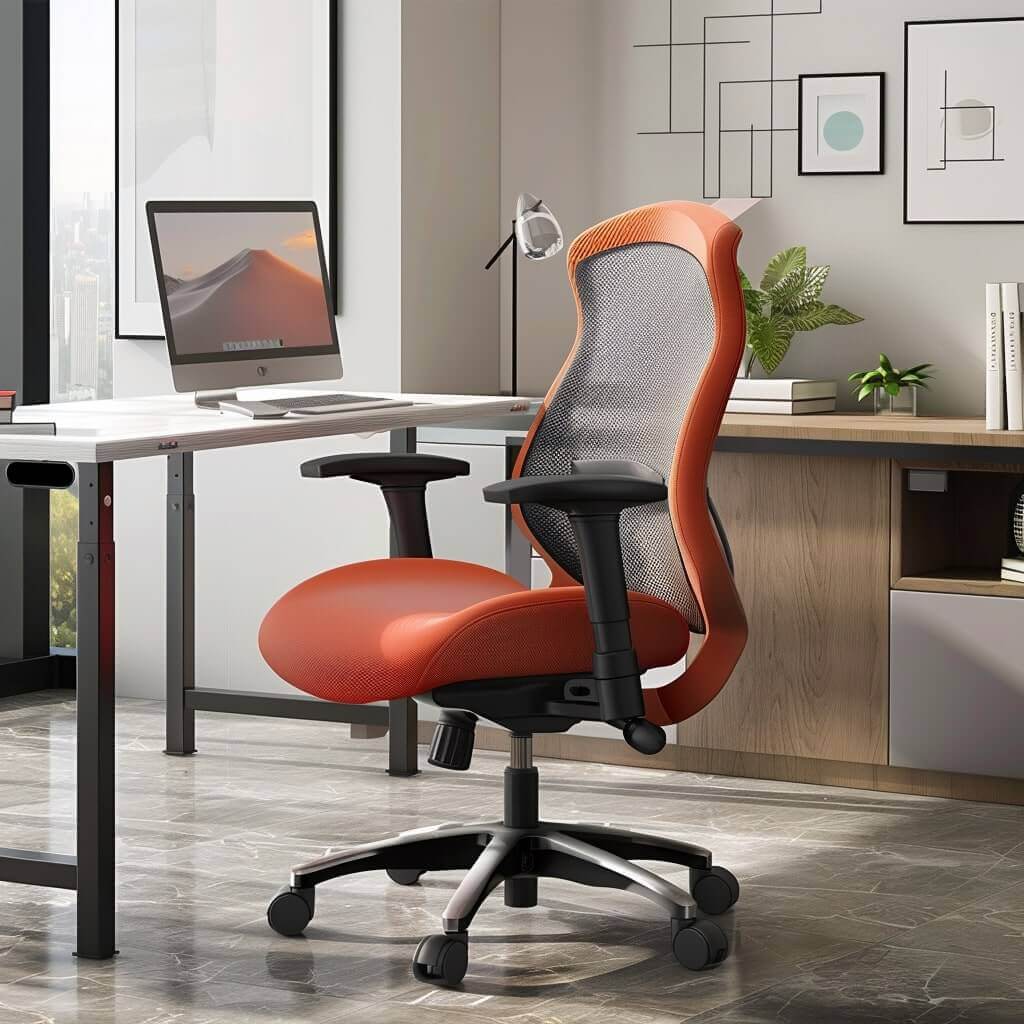
Features: Task chairs are designed for general office tasks and are typically more compact than other types of office chairs. They include basic ergonomic features like adjustable height and tilt mechanisms.
Benefits: Task chairs are versatile and suitable for a variety of office tasks. They are often more affordable and ideal for smaller workspaces.
Best For: General office use, especially in environments where workers frequently move between tasks.
4. Conference Chairs
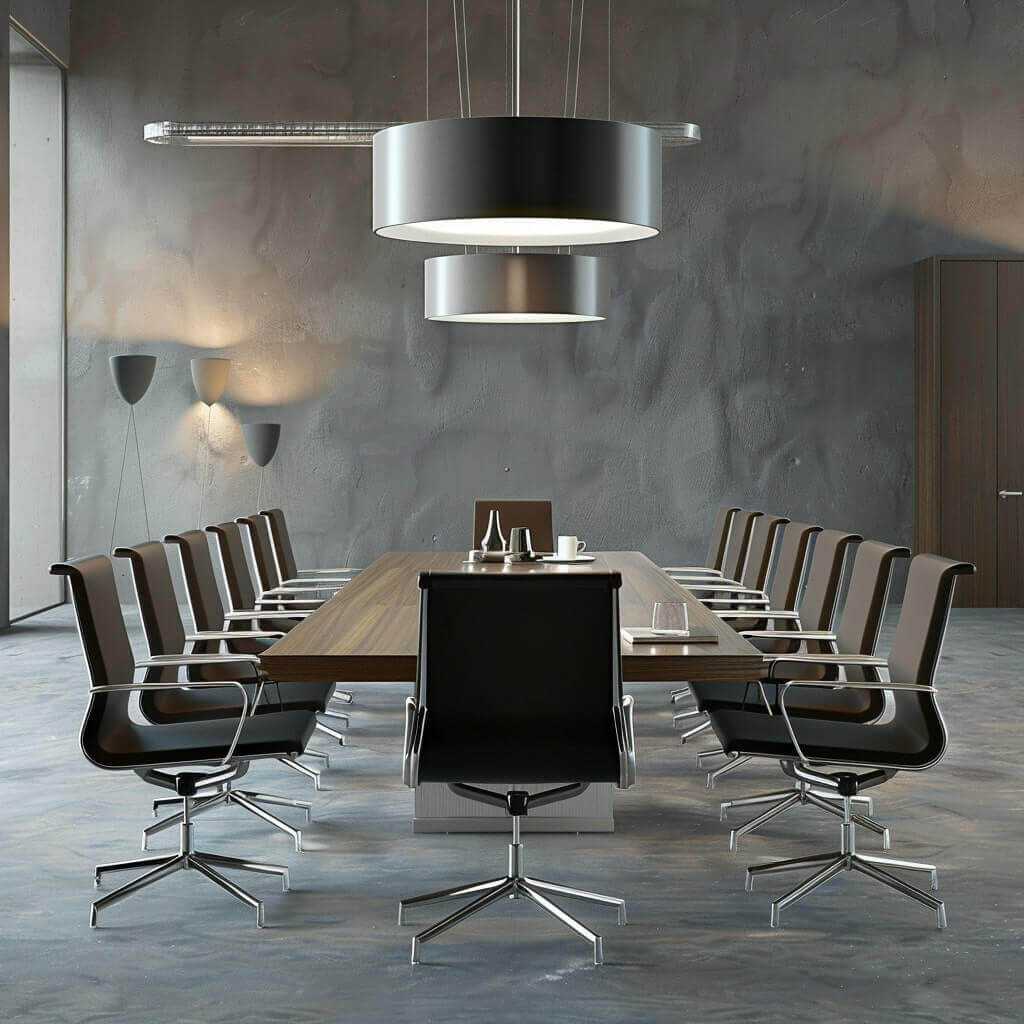
Features: Conference chairs are designed for use in meeting rooms and conference settings. They are often stackable, with padded seats and backrests for comfort during meetings.
Benefits: These chairs provide comfortable seating for meetings and conferences and are easy to store when not in use.
Best For: Meeting rooms, conference halls, and collaborative workspaces.
5. Guest Chairs
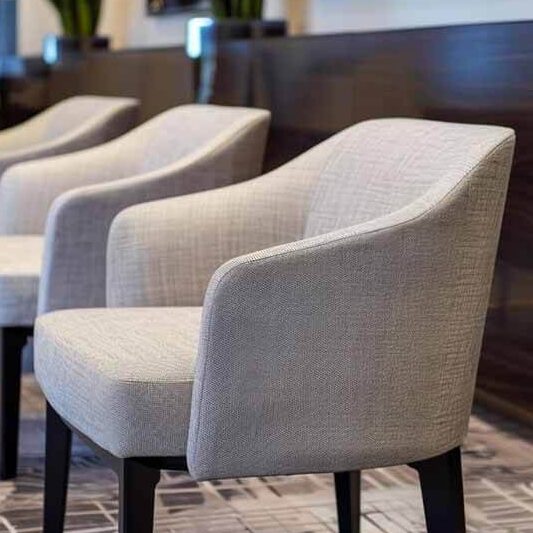
Features: Guest chairs are lightweight and portable, designed to provide comfortable seating for visitors. They may include features like armrests and padded seats for added comfort.
Benefits: These chairs enhance the reception area by providing comfortable seating for visitors and guests. They are also versatile and can be used in various office settings.
Best For: Reception areas, waiting rooms, and additional seating in offices.
6. Mesh Office Chairs
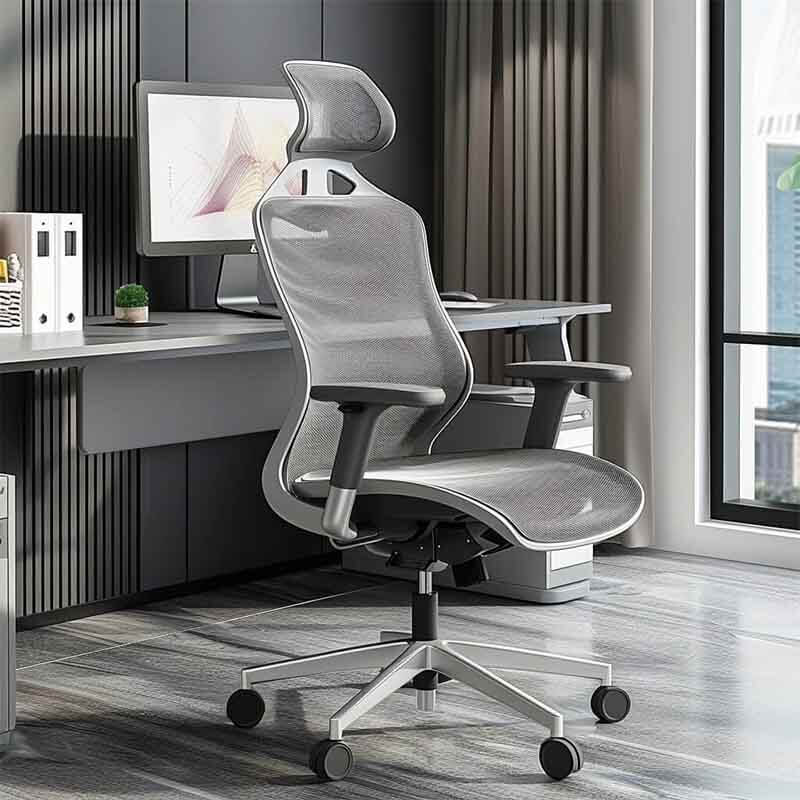
Features: Mesh office chairs feature a breathable mesh material for the backrest, and sometimes the seat. They are designed with ergonomic support in mind, often including adjustable lumbar support and armrests.
Benefits: The breathable mesh keeps users cool by allowing air circulation, which is especially beneficial in warmer climates or for those who get hot easily while working.
Best For: Individuals working in warmer environments or those who prioritize breathability in their seating.
7. Drafting Chairs
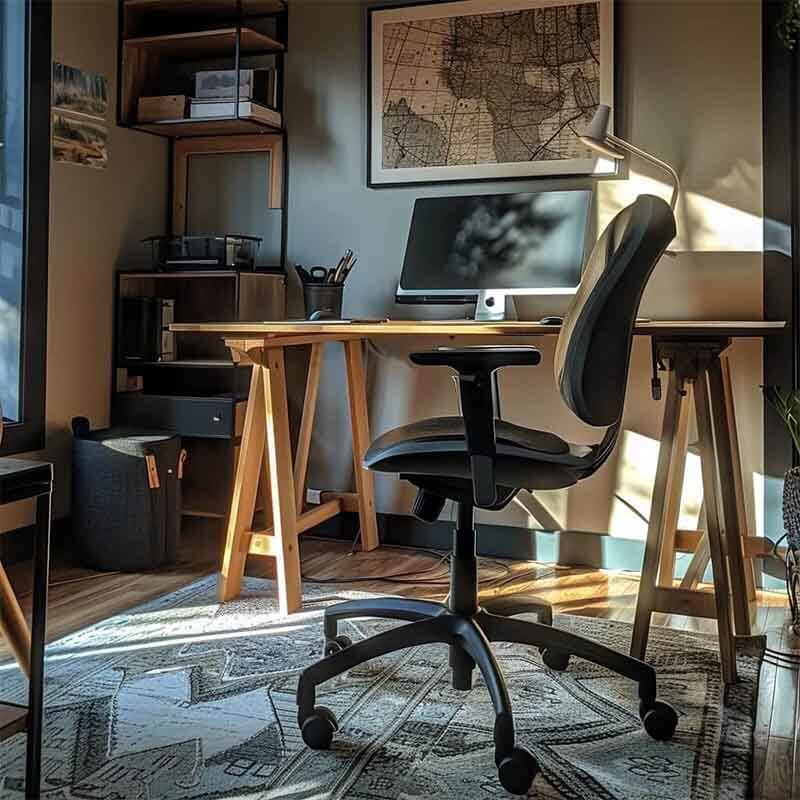
Features: Drafting chairs are designed for use at higher work surfaces like drafting tables or standing desks. They often have a taller height range, a footrest, and adjustable height settings.
Benefits: These chairs provide ergonomic support at elevated workstations, promoting good posture and comfort during long periods of standing or sitting.
Best For: Architects, artists, designers, and anyone using standing desks or elevated workstations.
8. Kneeling Chairs
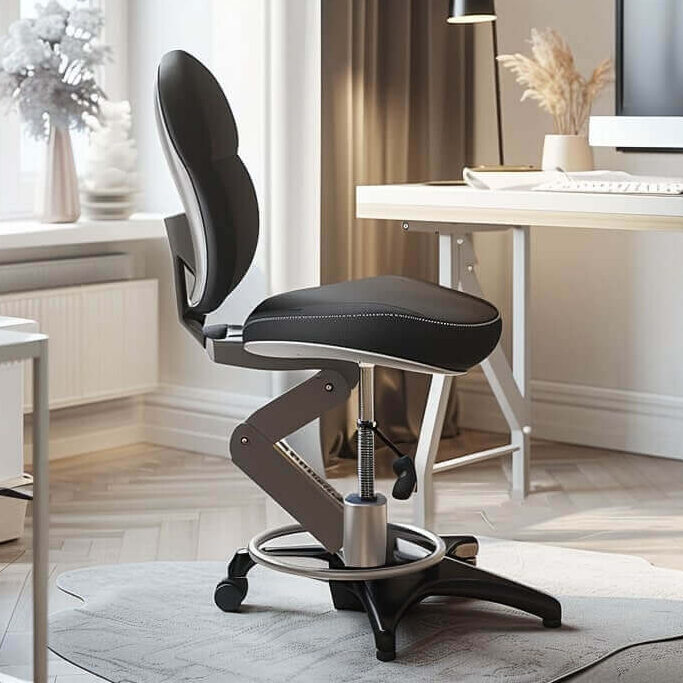
Features: Kneeling chairs feature a forward-sloping seat with a padded knee rest, promoting a more natural posture by aligning the spine and reducing lower back strain.
Benefits: These chairs encourage an active sitting position, which can help alleviate back pain and improve posture over time.
Best For: Individuals looking to improve posture and reduce lower back pain from prolonged sitting.
9. Balance Ball Chairs
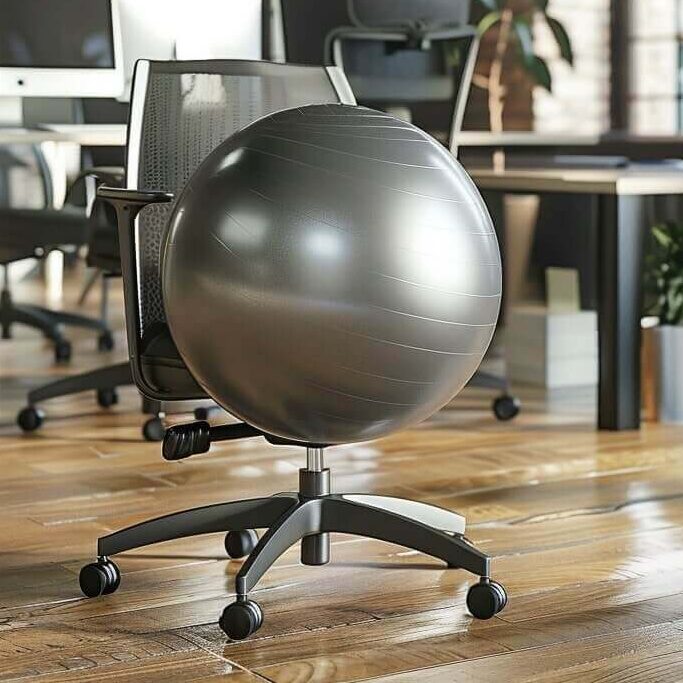
Features: Balance ball chairs incorporate an inflatable exercise ball as the seat, often set within a stable frame with a backrest and wheels for mobility.
Benefits: These chairs engage core muscles and promote active sitting, which can enhance posture and overall fitness.
Best For: Users looking to integrate more movement into their workday and improve core strength.
10. Reclining Office Chairs
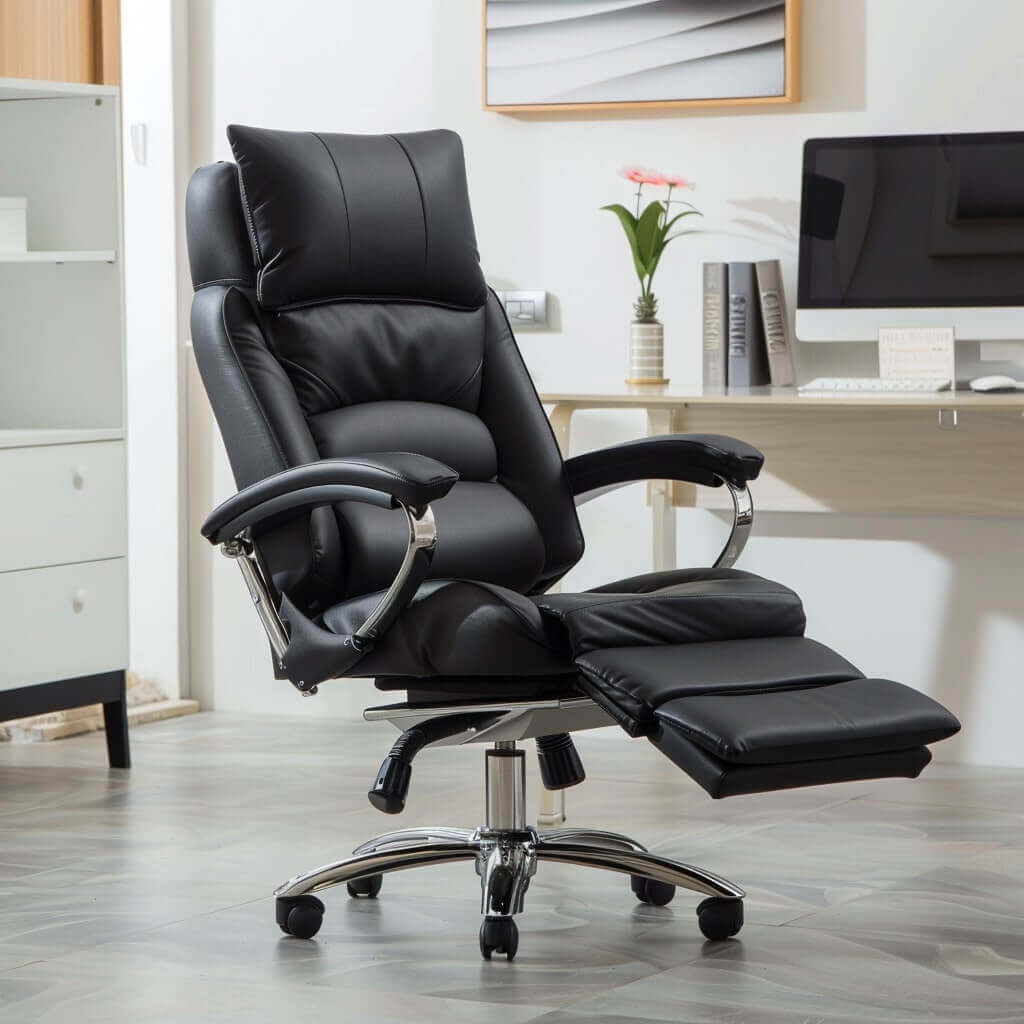
Features: Reclining office chairs offer adjustable recline angles, often with a locking mechanism to secure the desired position. They may also include a footrest and additional lumbar support.
Benefits: These chairs allow users to change positions throughout the day, reducing strain on the back and promoting relaxation during breaks.
Best For: Individuals who prefer the flexibility of reclining while working or taking short breaks during the day.
11. Big and Tall Office Chairs
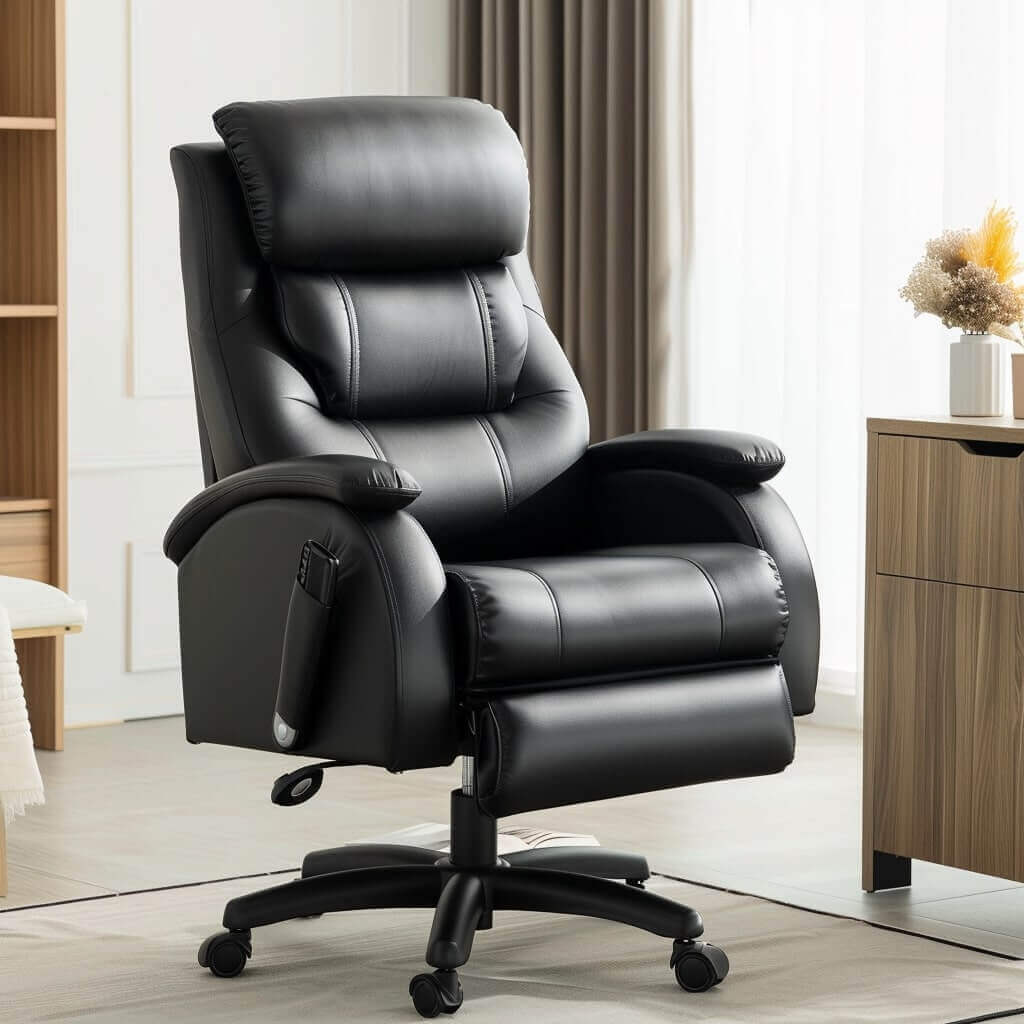
Features: Big and tall office chairs are designed to accommodate larger and taller individuals. They typically have a higher weight capacity, wider seats, and reinforced frames for extra support.
Benefits: These chairs provide comfort and durability for larger users, reducing the risk of damage and increasing overall support.
Best For: Taller or heavier individuals who require more room and sturdiness in their office chairs.
12. Gaming Chairs
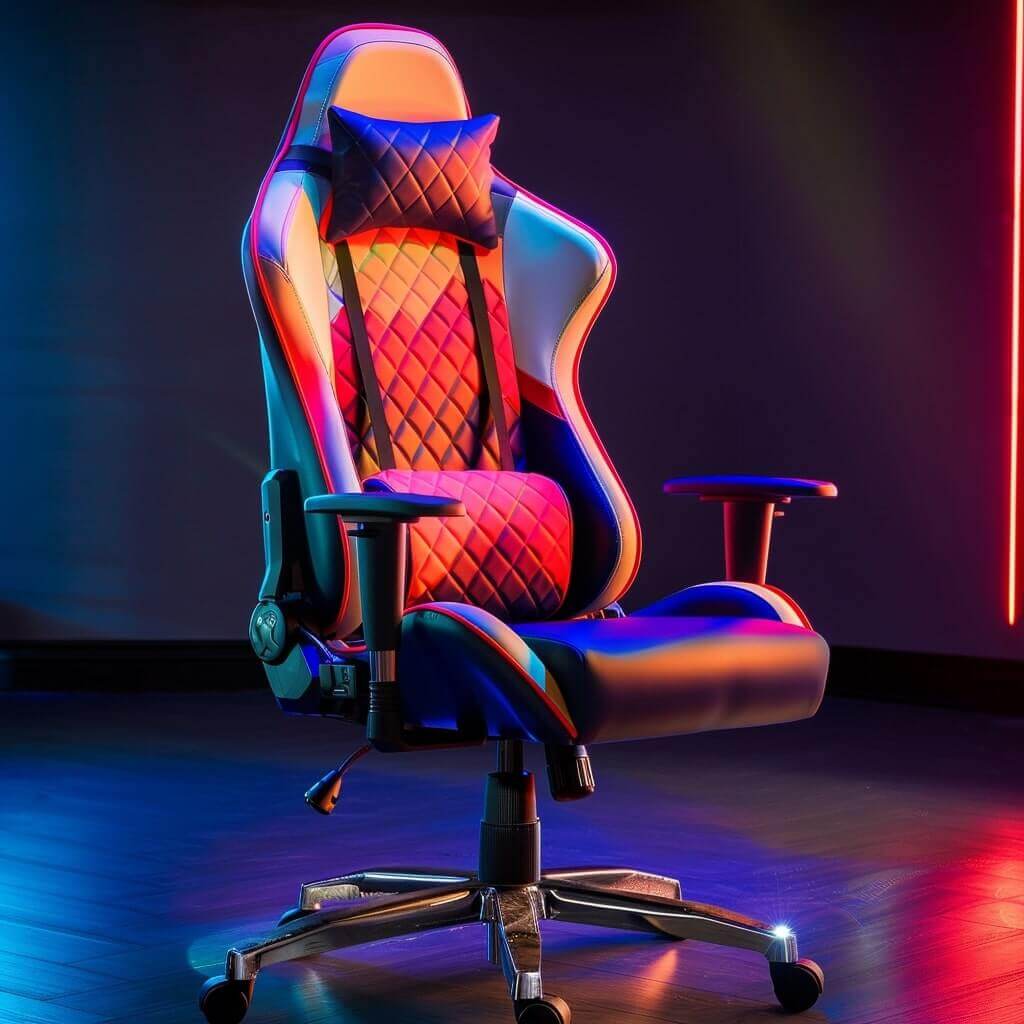
Features: Gaming chairs are ergonomically designed with features such as high backrests, lumbar and neck support cushions, adjustable armrests, and vibrant, stylish designs.
Benefits: These chairs offer extended comfort and support, ideal for long gaming sessions or office work, combining functionality with aesthetic appeal.
Best For: Gamers and professionals seeking ergonomic support and stylish design.
13. Saddle Chairs
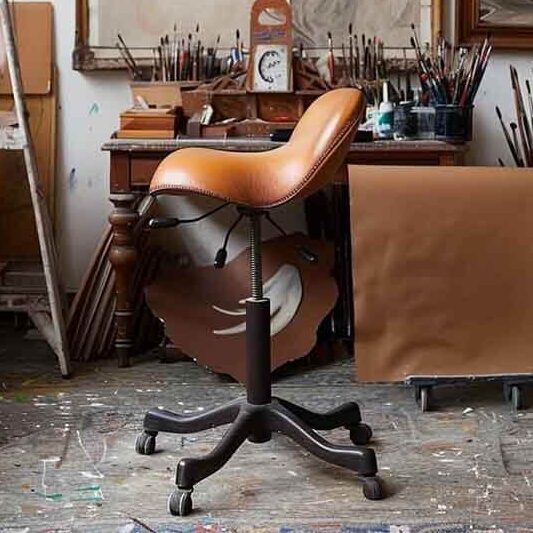
Features: Saddle chairs feature a saddle-shaped seat that positions the user in a forward-leaning posture, promoting a natural spine alignment and reducing pressure on the lower back.
Benefits: These chairs help improve posture and reduce back pain, making them suitable for tasks that require a forward-leaning position.
Best For: Dental professionals, artists, and anyone requiring a forward-leaning posture for their work.
14. Active Sitting Chairs
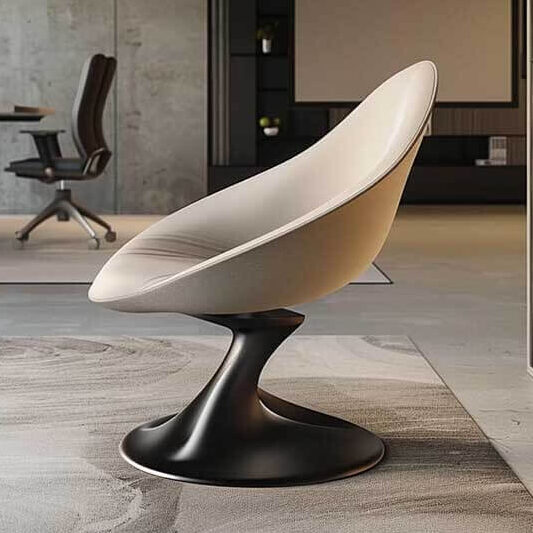
Features: Active sitting chairs, such as wobble stools or balance stools, are designed with an unstable base that encourages movement and engages core muscles.
Benefits: These chairs promote active sitting, improving posture, and increasing muscle engagement, which can counteract the effects of prolonged sitting.
Best For: Individuals looking to incorporate more movement into their daily routine and improve overall posture and core strength.
15. Folding Chairs
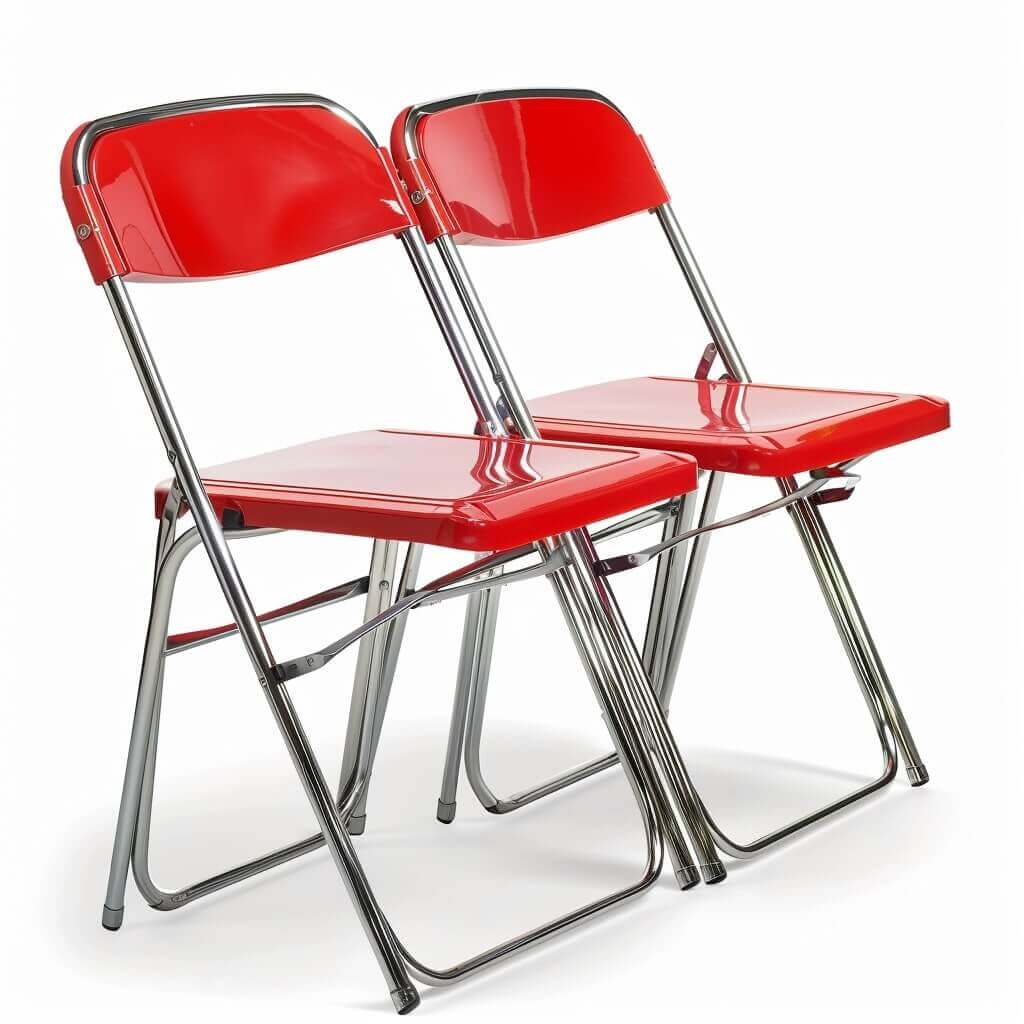
Features: Folding chairs are portable, lightweight, and easy to store. They can be made of various materials, including metal, plastic, and wood.
Benefits: These chairs are ideal for temporary seating solutions, offering convenience and space-saving features.
Best For: Events, conferences, and any situation requiring temporary seating.
16. Stacking Chairs
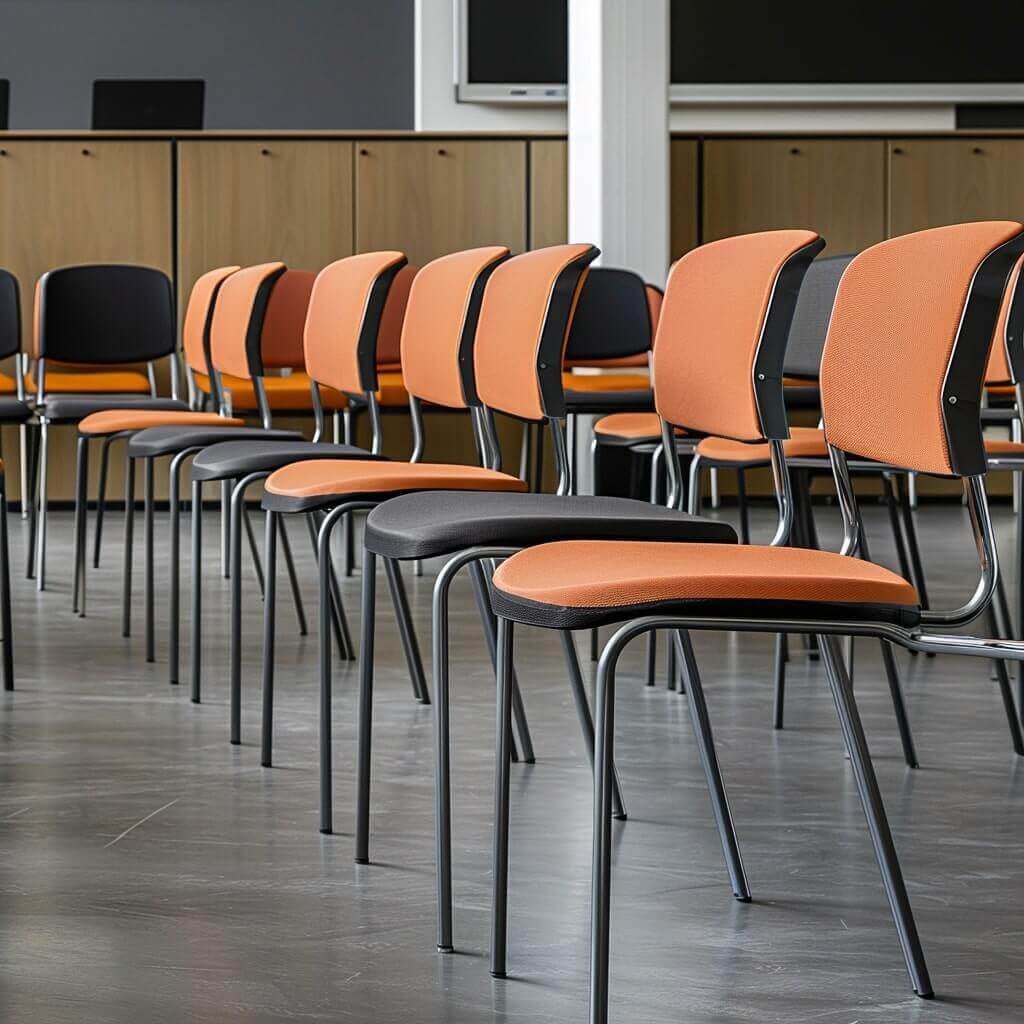
Features: Stacking chairs are designed to be stackable, allowing for easy storage when not in use. They are available in various materials and styles.
Benefits: These chairs provide practical and efficient seating solutions for environments where space is limited, and seating needs fluctuate.
Best For: Schools, churches, conference rooms, and social gatherings.
17. High-Back Office Chairs
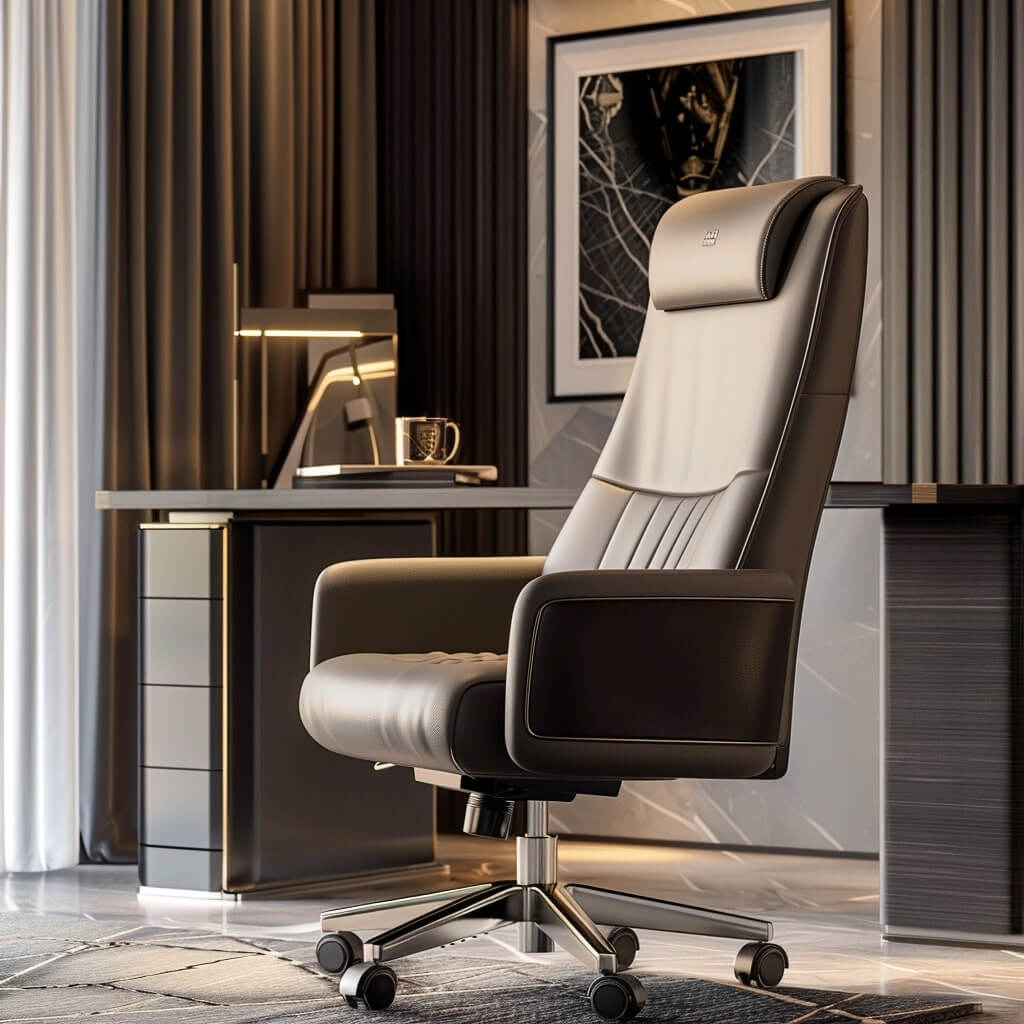
High-back chairs provide extensive support for the upper back and shoulders, ideal for extended periods of sitting and promoting proper posture.
18. Low-Back Office Chairs
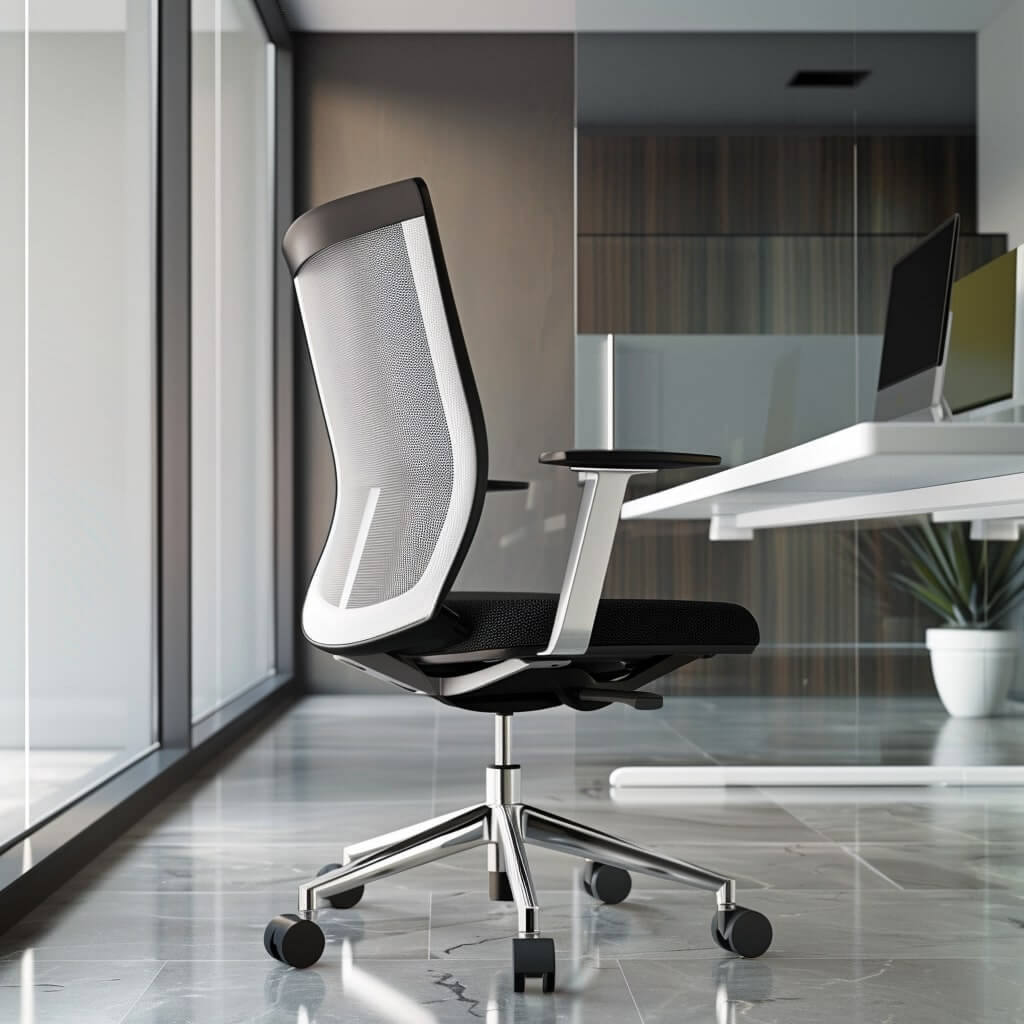
Designed for short-term use, low-back chairs offer lumbar support and are suitable for task-oriented roles that require frequent mobility.
19. Executive Task Chairs
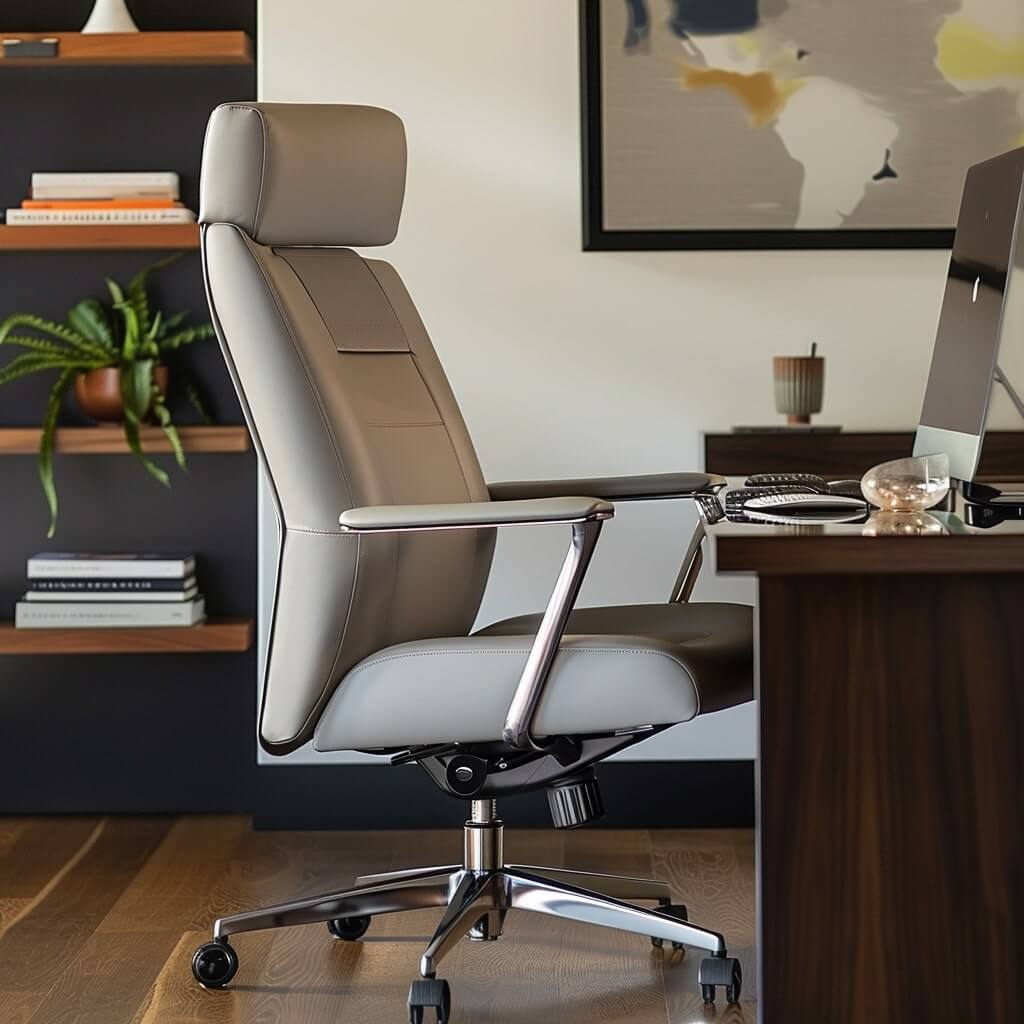
Combining comfort and functionality, executive task chairs offer ergonomic features with a professional appearance, suitable for high-demand work environments.
20. Armless Office Chairs
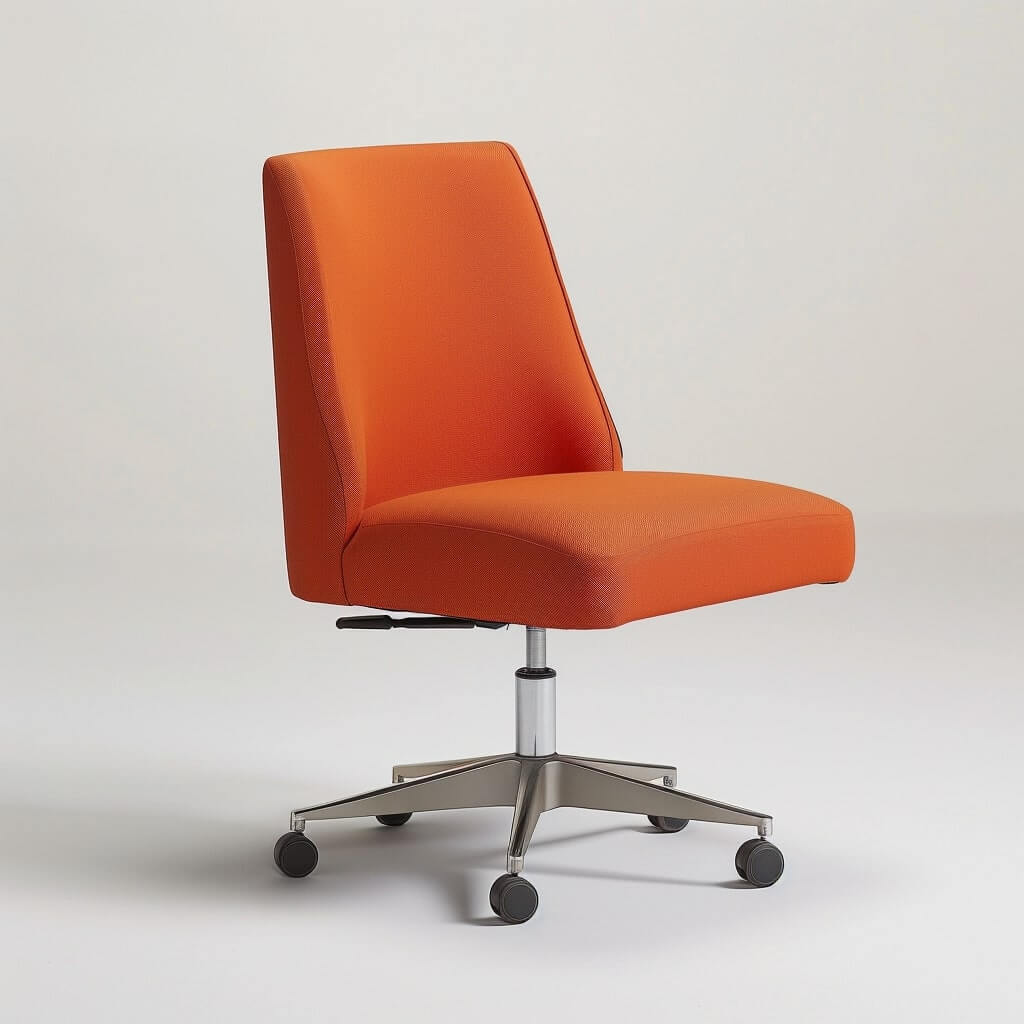
Armless chairs provide greater flexibility and ease of movement, ideal for tight spaces and collaborative settings.
21. Petite Office Chairs
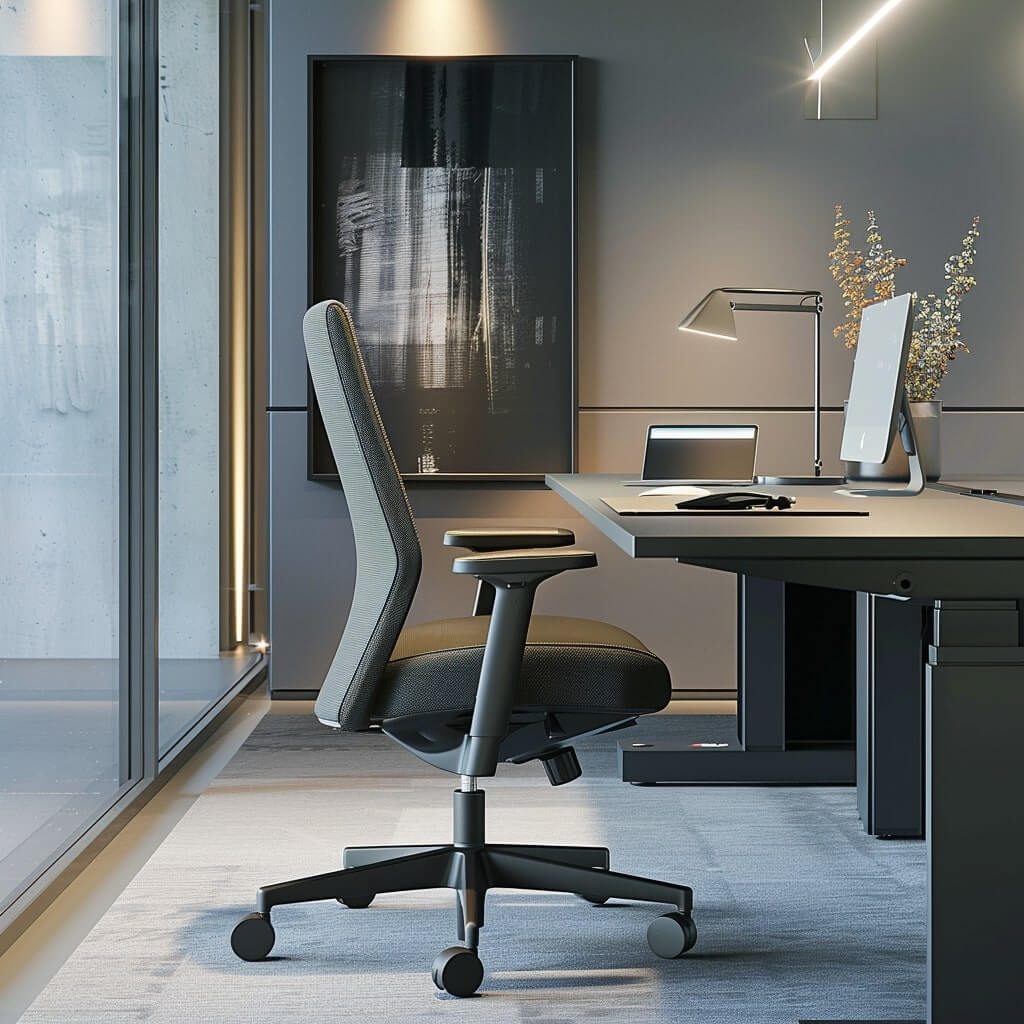
Specifically designed for smaller individuals, petite chairs offer proportionate support and adjustable features to accommodate different body types.
22. 24-Hour Office Chairs
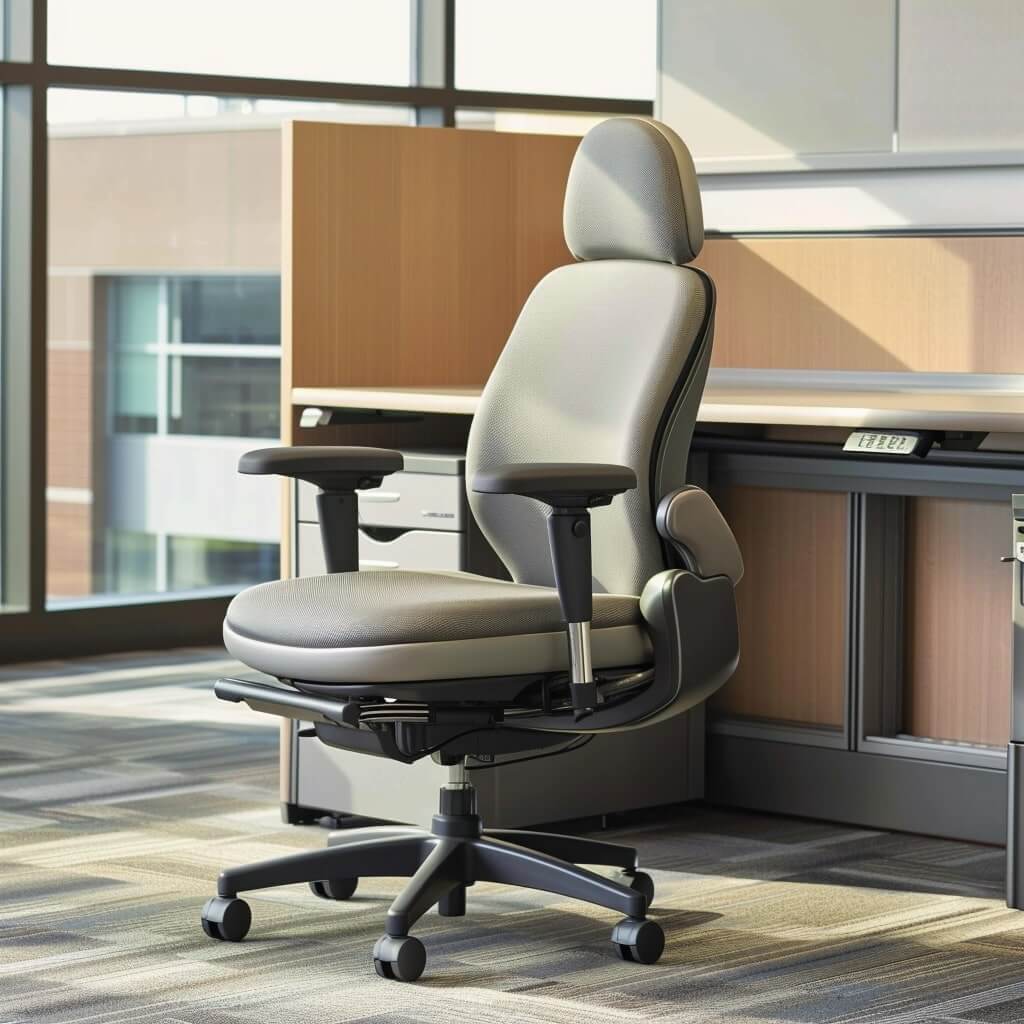
Built for continuous use, 24-hour chairs are durable and ergonomically designed to provide comfort for multiple shifts in call centers or similar settings.
23. Healthcare Office Chairs
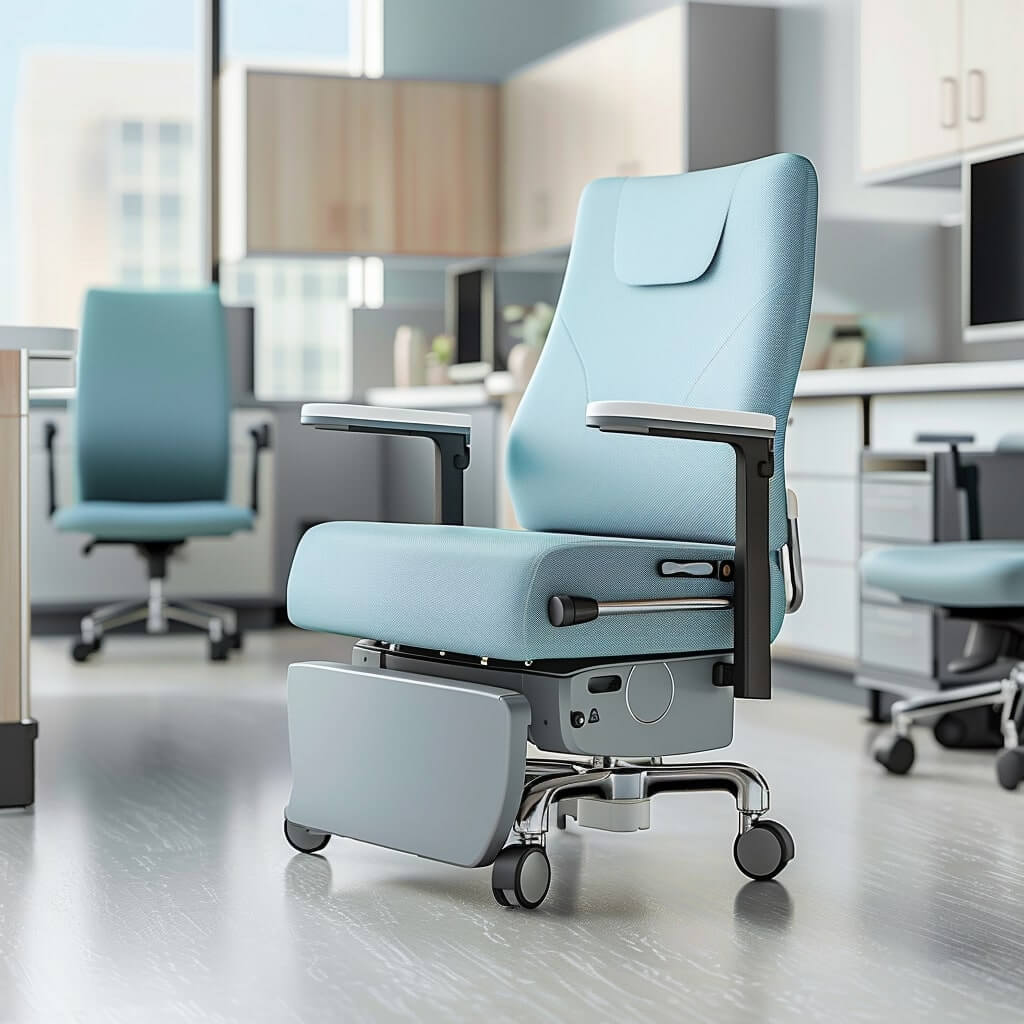
Designed for medical environments, healthcare chairs are easy to clean and feature antimicrobial materials to ensure hygiene and comfort for patients and staff.
24. Industrial Office Chairs
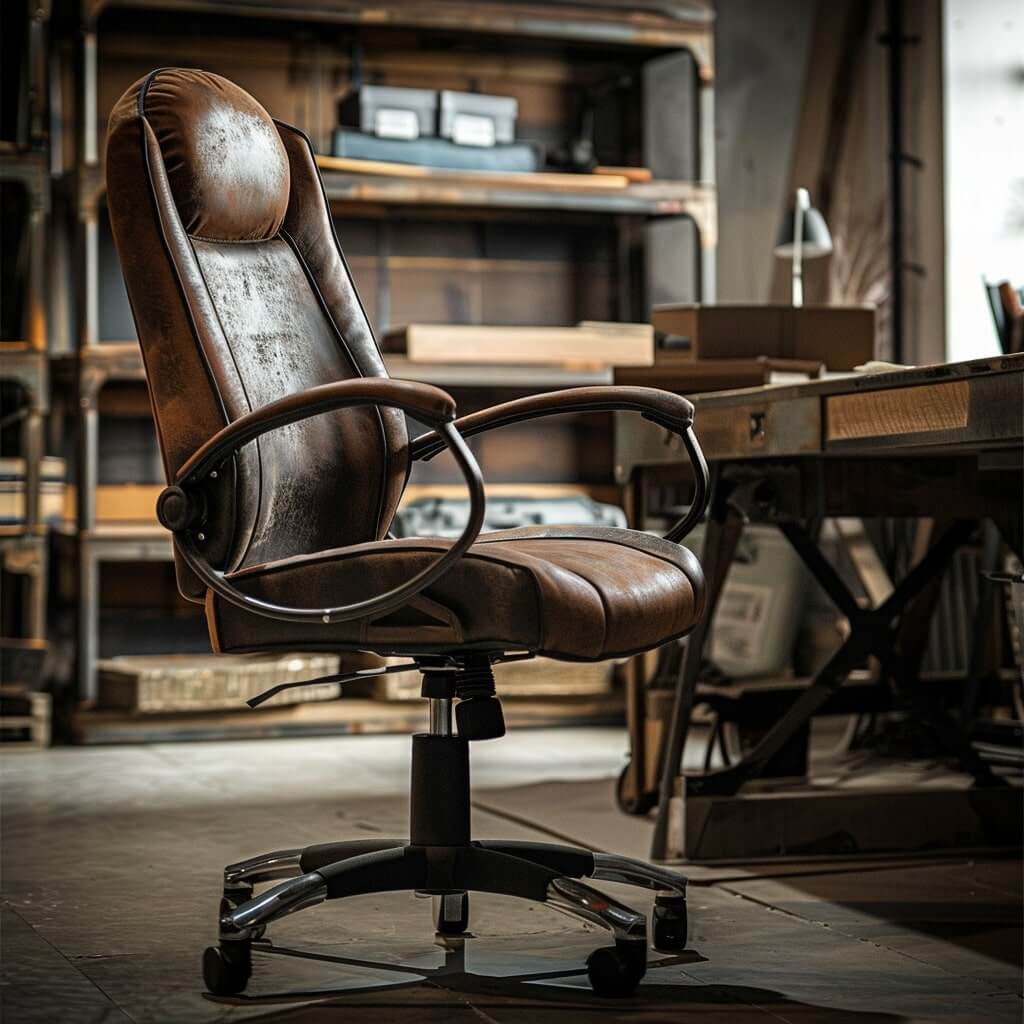
Industrial chairs are rugged and durable, designed for use in factory or warehouse settings where they must withstand heavy use and various working conditions.
25. Reception Chairs

Reception chairs are stylish and comfortable, designed to make a good first impression while providing comfortable seating for guests in waiting areas.
26. Collaborative Office Chairs
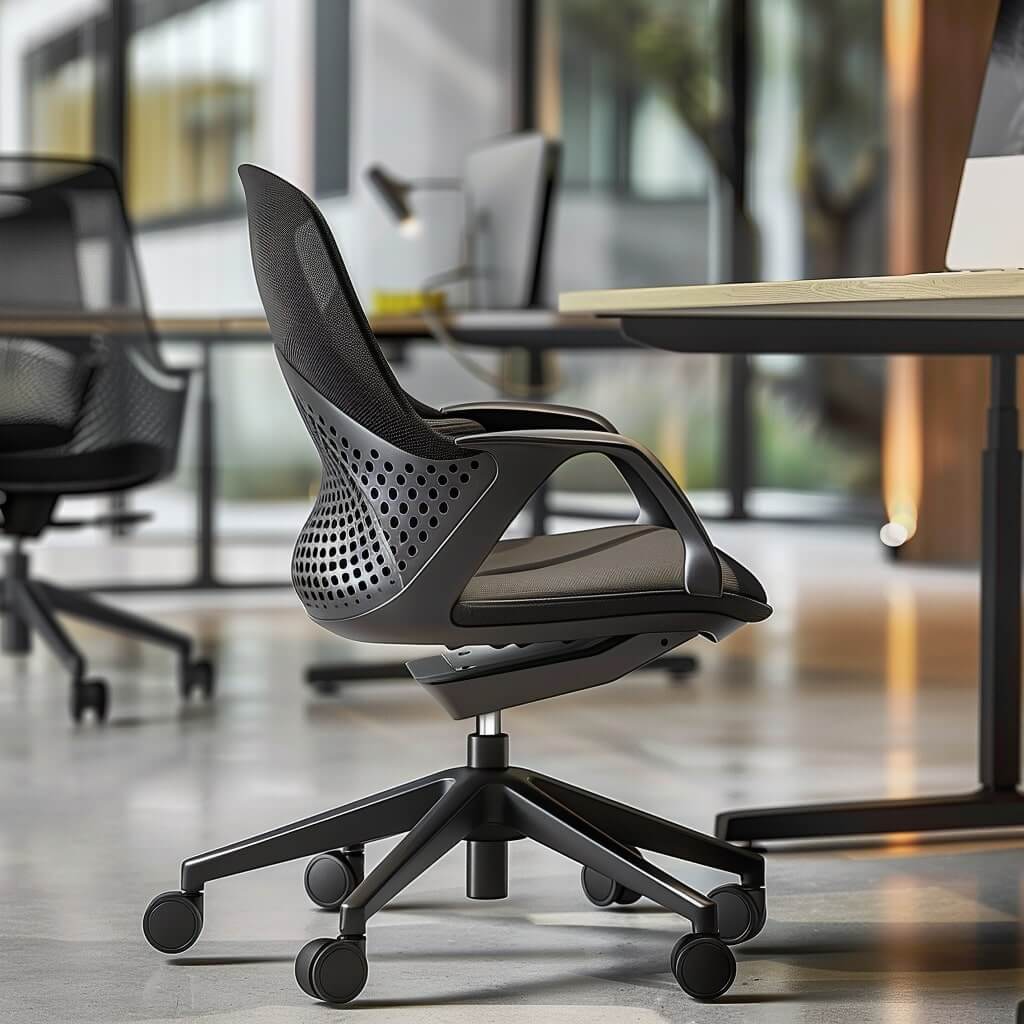
Designed for teamwork and flexibility, collaborative chairs are lightweight and easy to move, encouraging interaction and dynamic work environments.
27. Ergonomic Executive Chairs
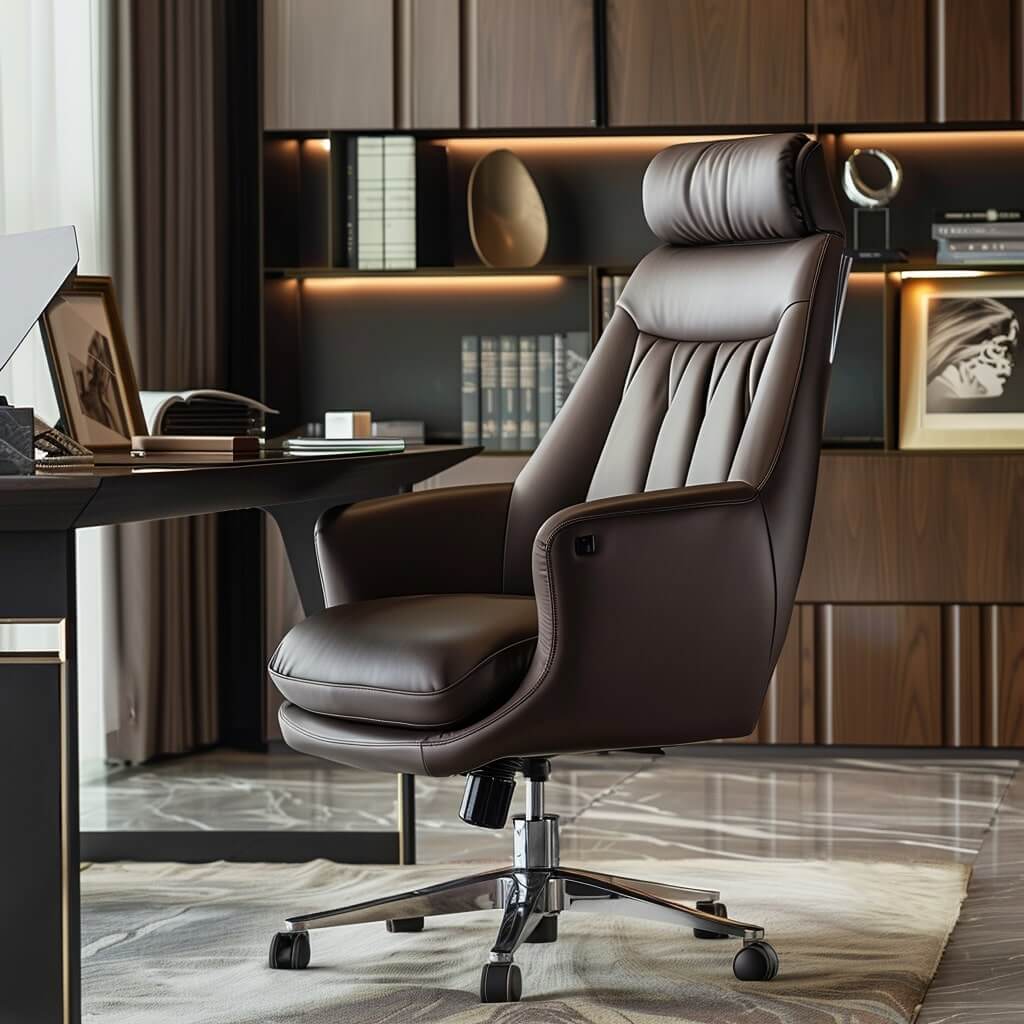
Combining luxury and ergonomics, these chairs provide comprehensive support and adjustability for executives who spend long hours at their desks.
28. Medical Office Chairs
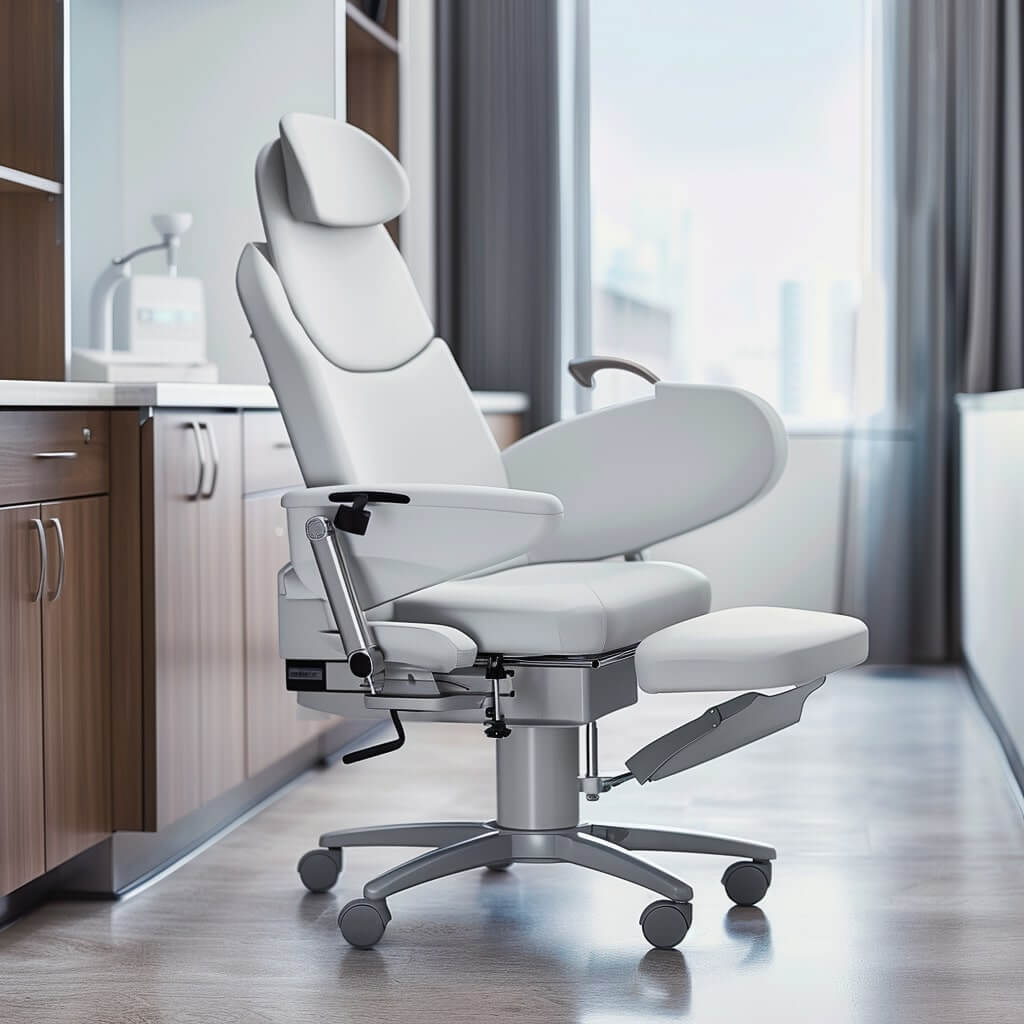
Tailored for clinical settings, medical office chairs feature easy-to-clean materials and ergonomic designs to support healthcare professionals.
29. Lounge Office Chairs
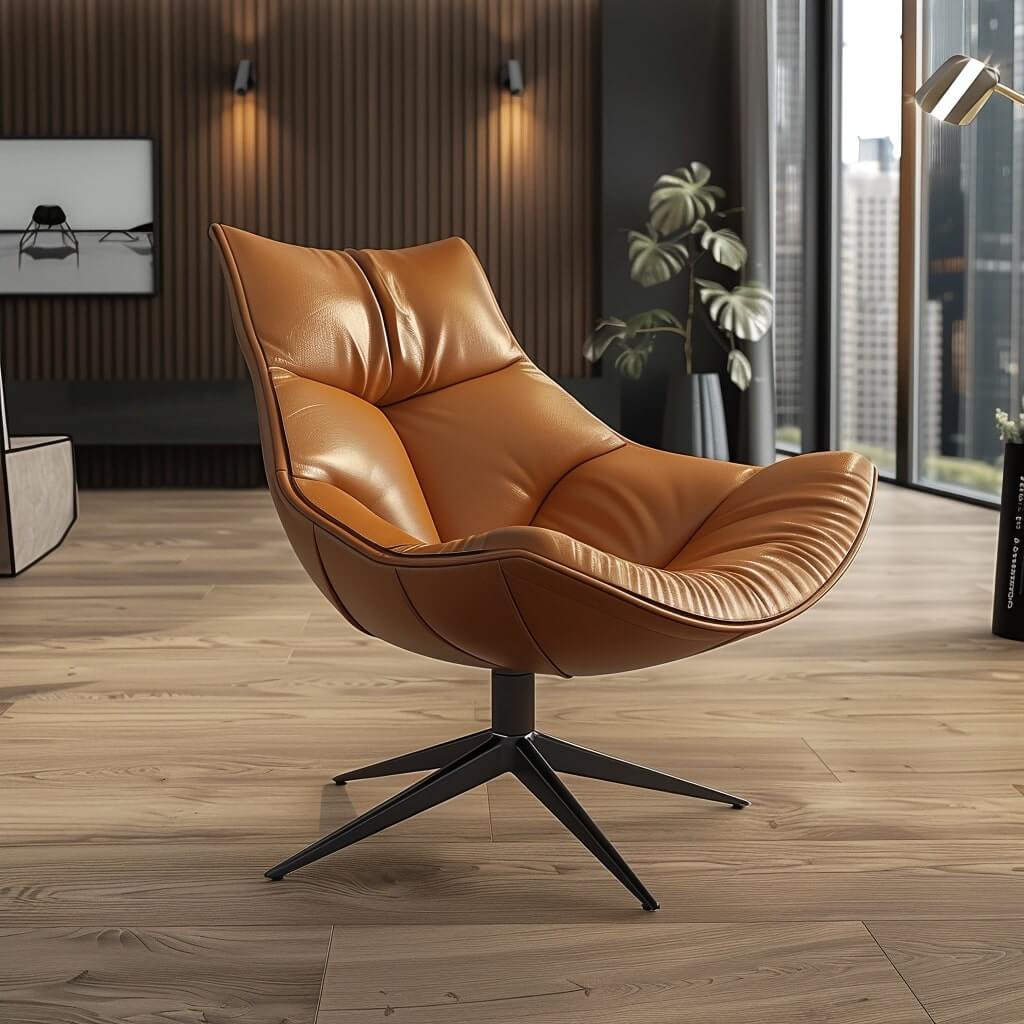
Perfect for break rooms or casual meetings, lounge office chairs offer a relaxed seating option that promotes comfort and informal discussion.
30. Training Room Chairs
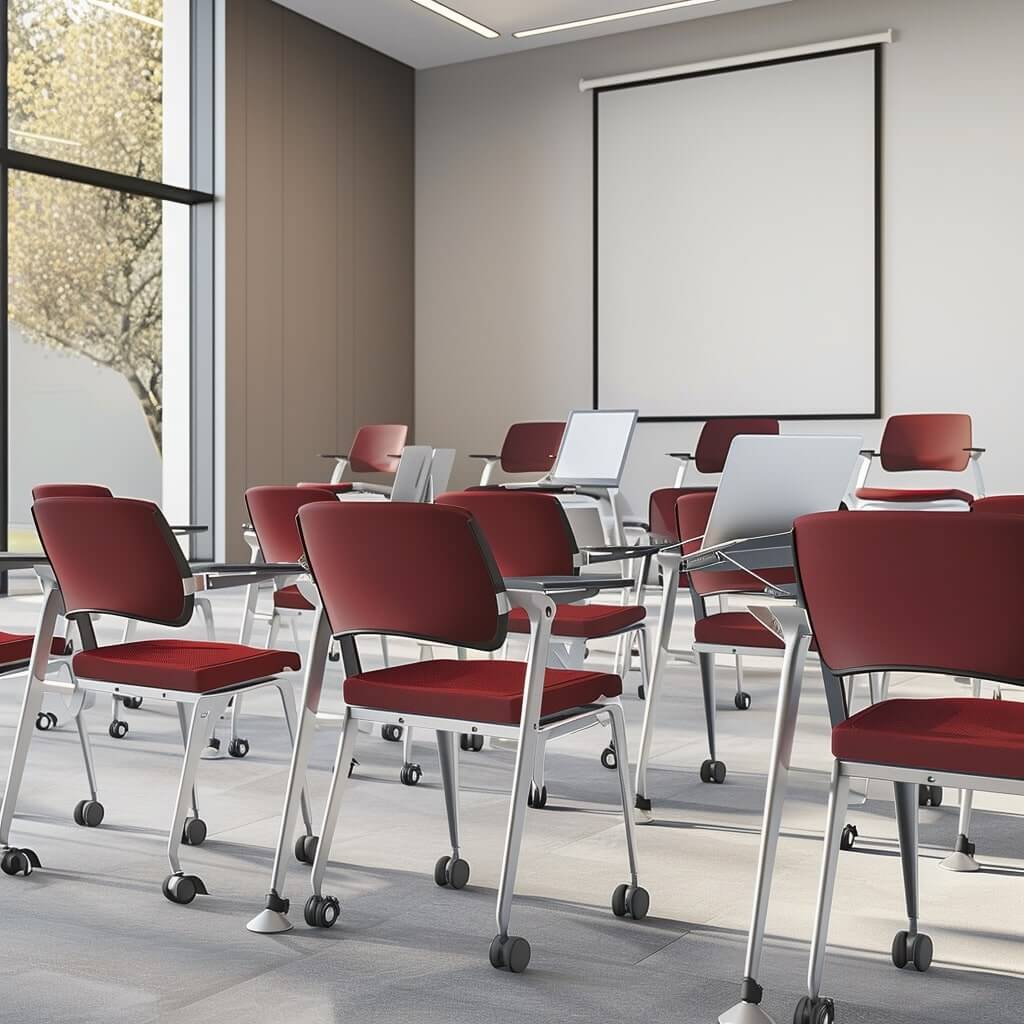
These chairs are lightweight, stackable, and often feature tablet arms or wheels, making them ideal for training sessions and educational environments.
Conclusion
Choosing the right office chair is essential for maintaining comfort, productivity, and overall well-being in the workplace. With a wide range of options available, from ergonomic and executive chairs to active sitting and specialized chairs, there is a perfect match for every need and preference. Understanding the features, benefits, and best uses of each type of chair can help you make an informed decision, ensuring that you invest in a chair that enhances your work environment and supports your health. Explore these top options and find the office chair that best suits your unique requirements.
Related Article-Top 20 Office Chair Manufacturers Worldwide
